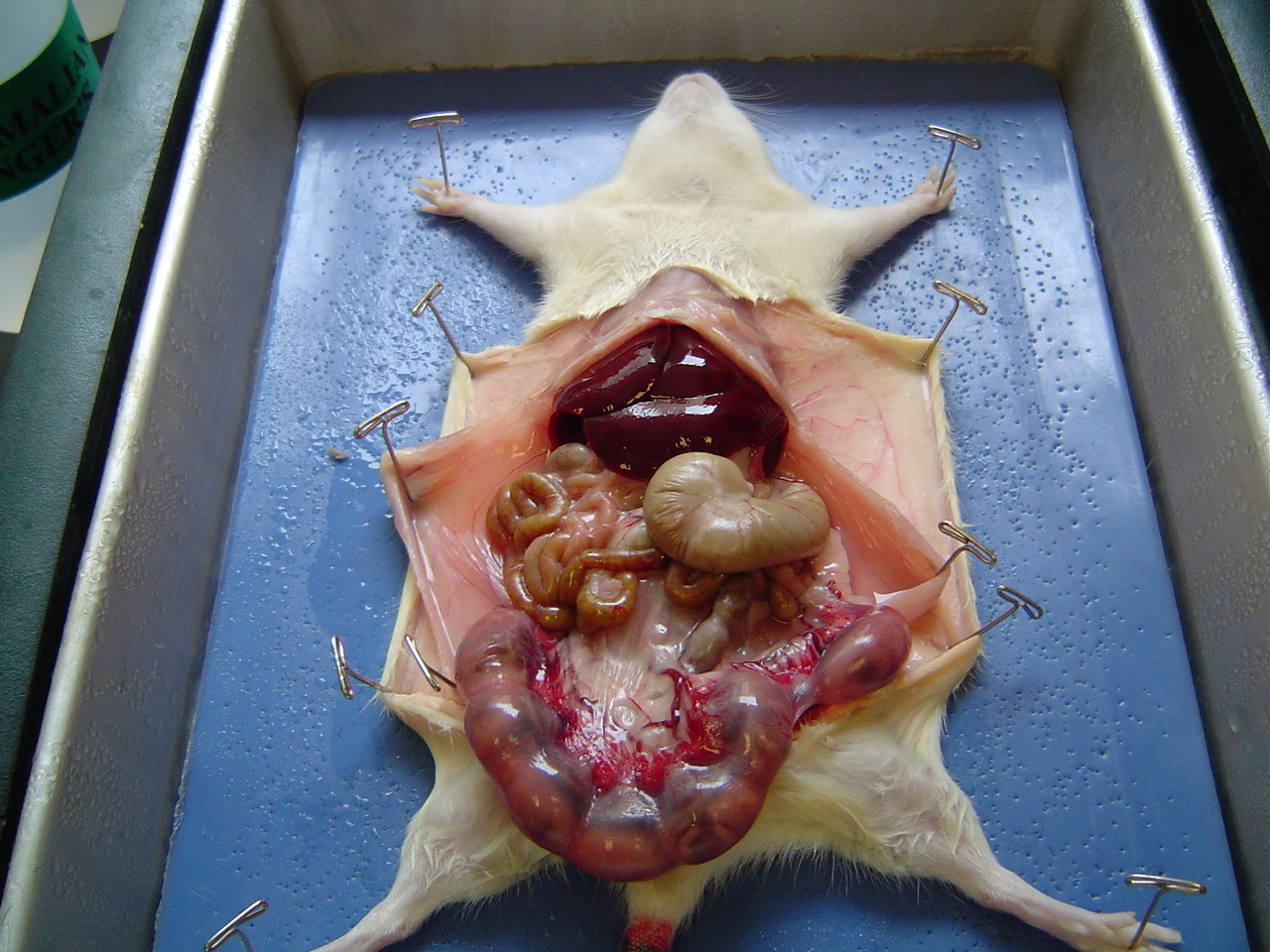The Life cycle of a typical fern:
- A sporophyte (diploid) phase produces haploid spores by meiosis.
- A spore grows by mitosis into a gametophyte, which typically consists of a photosynthetic prothallus.
- The gametophyte produces gametes (often both sperm and eggs on the same prothallus) by mitosis.
- A mobile, flagellate sperm fertilizes an egg that remains attached to the prothallus.
- The fertilized egg is now a diploid zygote and grows by mitosis into a sporophyte (the typical "fern" plant).













